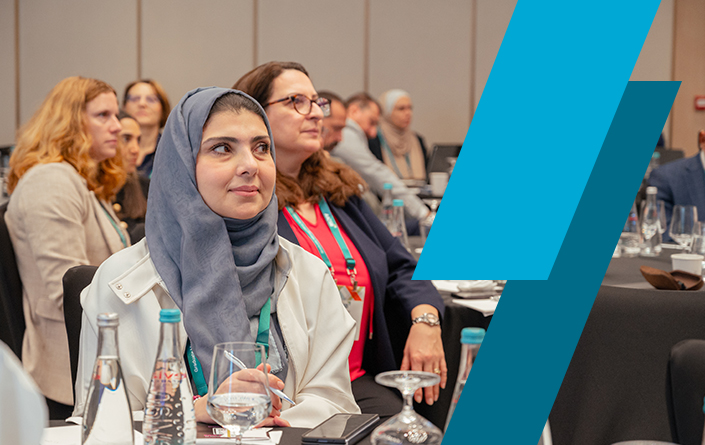Newly Accredited: Technical University of Munich on Earning AACSB Accreditation
In this series, AACSB is spotlighting business schools around the globe that have recently earned AACSB accreditation. We ask the business school leadership about their journey to accreditation and what the new achievement means to them. In this interview, Gunther Friedl, dean of the TUM School of Management, shares his perspective on the initial accreditation experience.
Why was it important for your school to undergo the rigorous process of earning AACSB accreditation?
Being part of an “Excellence University” in Germany, TUM School of Management was already well known and visible in Germany. For our next step, we aimed at becoming more visible on the international level as well. To achieve this stature, we had four main ambitions: attracting more international and even better qualified candidates for our degree programs; achieving a higher international reputation, thereby being able to be present in the top business school rankings; and attracting international faculty. Hence, seeking international accreditations was a natural next step for us. Besides AACSB, we have also gone through the AMBA und EQUIS initial accreditation processes within the last five years. For AACSB, we can state that we very much appreciate the networking and volunteering approach, which is reflected in numerous seminars, mentor guidance, and immediate support from the liaison officers. Even though the initial accreditation process is time-consuming and rigorous, we felt perfectly guided on our path to reaching AACSB accreditation.
What did you learn about your school through your accreditation journey?
Within the last five years, we have gone through countless meetings involving not only the management team but all business school stakeholders. Thus, to my opinion, as an institution with almost 400 employees (academic and non-academic staff), we have learned to even better collaborate and to bring sometimes divergent views together in order to strive for our common mission, which is best described as bridging management and technology. Within our AACSB accreditation journey, we were also stimulated to rethink our mission, strategy, and vision in order to further align them with our programs, research activities, and broader strategic actions. In doing this, the process of better understanding and making known our unique mission statement was sparked as well.
What was the most challenging/rewarding part of the accreditation process?
The AACSB initial accreditation process is highly data-driven. We thus needed to invest a lot of energy into implementing the Assurance of Learning (AoL) process, which enormously involves the teaching faculty. Moreover, providing required information on faculty support and faculty qualifications was not only very time-consuming and challenging for our data managers but also encouraged us to implement new processes and software with the aim of assuring more sophisticated quality management processes in the future. Consequently, we can state that it was the challenges that triggered us to take a closer look on our ongoing processes in order to redefine and continuously improve our methods.
What impact do you hope to see from having achieved AACSB accreditation?
We are very pleased to belong to the world’s largest business education network now. Regarding our activities on the international level, we will strive for enlarging our international partner university network. Moreover, we aim at increasing our ratio of international faculty. As for the last years, we are highly confident that the enriching exchange in the AACSB community will be also fruitful for these ambitions. Moreover, we regard AACSB accreditation as a “mandate” to continue our path on implementing new and rigorous processes. For example, we will proceed on making our AoL process more visible to all stakeholders, and we will also further elaborate our impact evaluation system.
What advice would you give to another school approaching the accreditation process?
What is needed most is time and planning. Based on our experience, the AACSB initial accreditation process is not done within a timeframe of one or two years. Thus, the process has to be well and precisely planned as it not only involves the management team but the entire faculty, as well as non-academic staff. The AoL process in particular has to be implemented in a serious way. This is not only to satisfy the peer review team but also to gain needed contribution and commitment from inside the faculty. Furthermore, great importance should also be placed on data management processes that—among others—involve calculations on faculty support and faculty qualifications. Last but not least, schools should take the accreditation process as a chance to reflect on their mission and how the program portfolio as well as other school activities fit into it.






